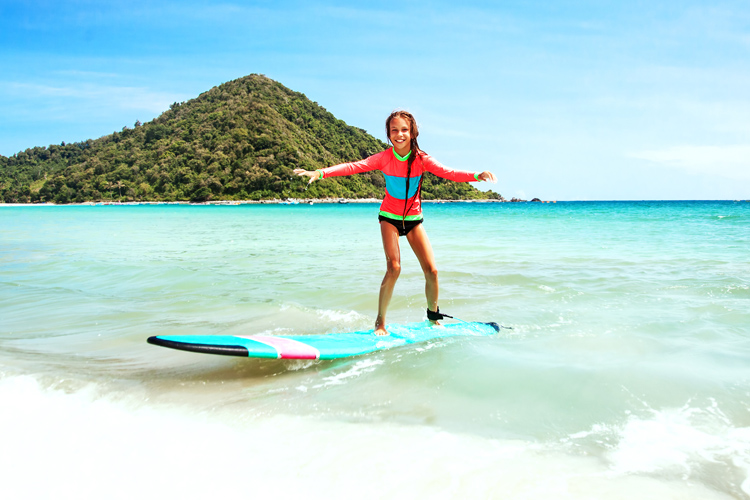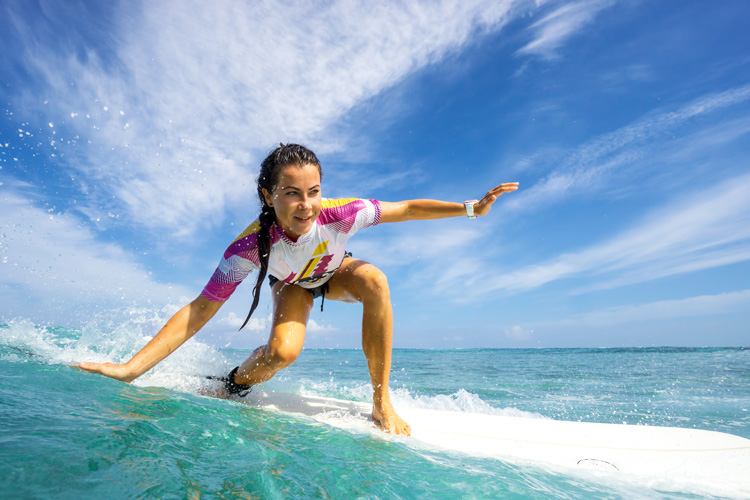Surfers tend to discard small waves. "If it's small, it's not worth it," we sometimes say. But there are many lessons to be learned in the tiny ripples.
The first one is that it is harder to ride a one-footer than to find the surf line on a shoulder-high wave. On a bigger wave, you just have to take off and enjoy the ride.
The wave will do everything for you. But have you tried riding a tiny breaker all the way to the beach? It's not that easy.
"You learn more from surfing small waves than you do from riding big waves," bodyboarding and bodysurfing legend Mike Stewart once said.
And it couldn't be more true.
Yes, it is never good to drive down to the beach and be confronted with not much swell and small rollers, but small waves can help you develop and improve your surfing skills.
Because they're harder to ride and because you are constantly forced to make subtle body adjustments to keep the board gliding through the water.
So, if the only thing you have is small waves, change your mindset and go for it, even if you're the only one out in the water.
Ideally, you'll need a larger board (funboard, longboard, or high-volume shortboard) and the will to succeed in two-foot rollers.

The Technique
In the small surf, speed is critical when entering the wave. Pick the right wave and go for it. Paddle hard and kick your feet if you need an extra boost.
If you're on a longer board, try taking off behind the peak as soon as possible so that you reach the pop-up moment with a lot of speed and momentum.
Now that you caught the small ripple, lift your arms to release weight on the surfboard. Immediately after, adopt a slightly further forward stance, and you'll notice that the board will move faster.
The trick is to stay on your toes, centered over the board, and relatively steady as you ride down the lines.
Occasionally, you might find a nice section and go for a few maneuvers. Cutbacks, tail slides, and floaters are possible in a two-foot surf, but aerial moves and 360s are rare opportunities.
Don't try to act like a pro, especially in small surf conditions. Flashy body movements and self-celebration don't work and will make you ridiculous in the eyes of the beachgoers.
Your body should be still and ready to move forward and backward on the board.
Finally, don't forget to keep a low stance and a wide distance between your feet. They will help you reduce drag, glide through flat spots, and increase speed.
Enjoy small wave surfing - it will be a useful experience for summer days and bigger swells.
Discover things we can learn by surfing small waves.
